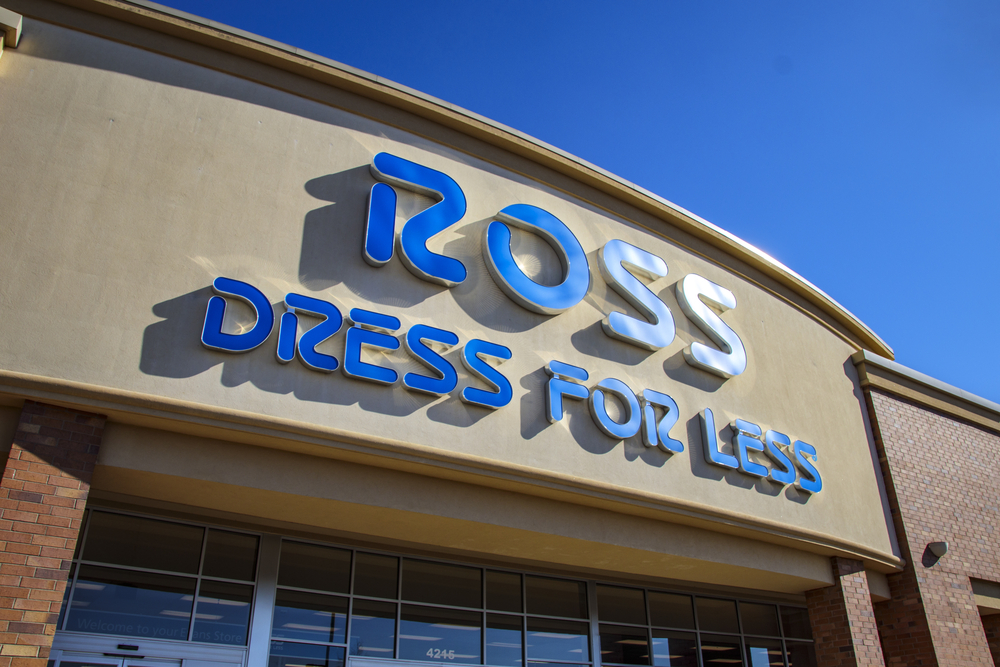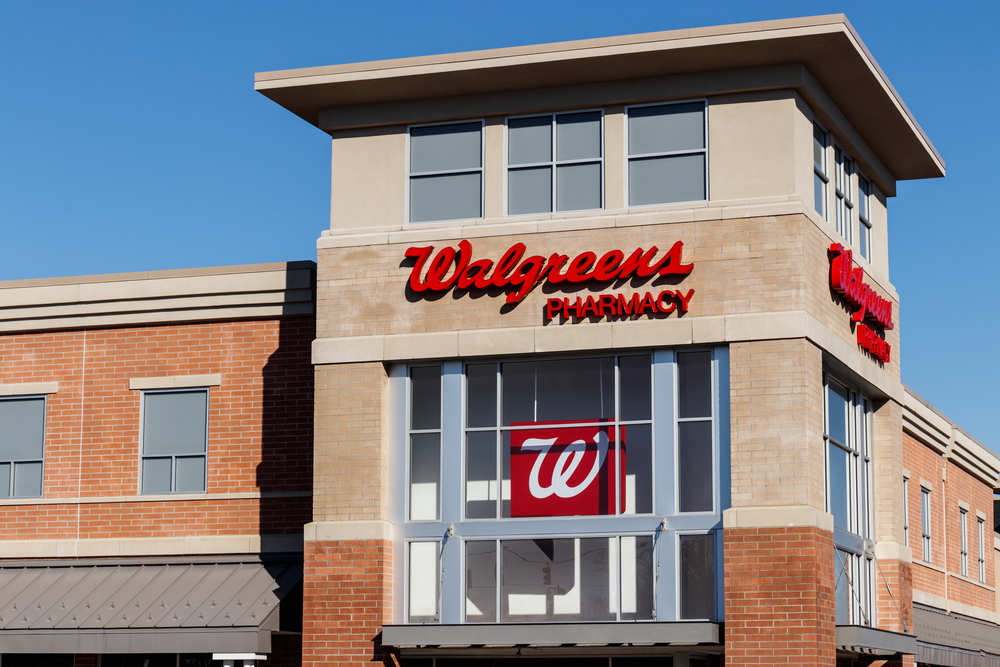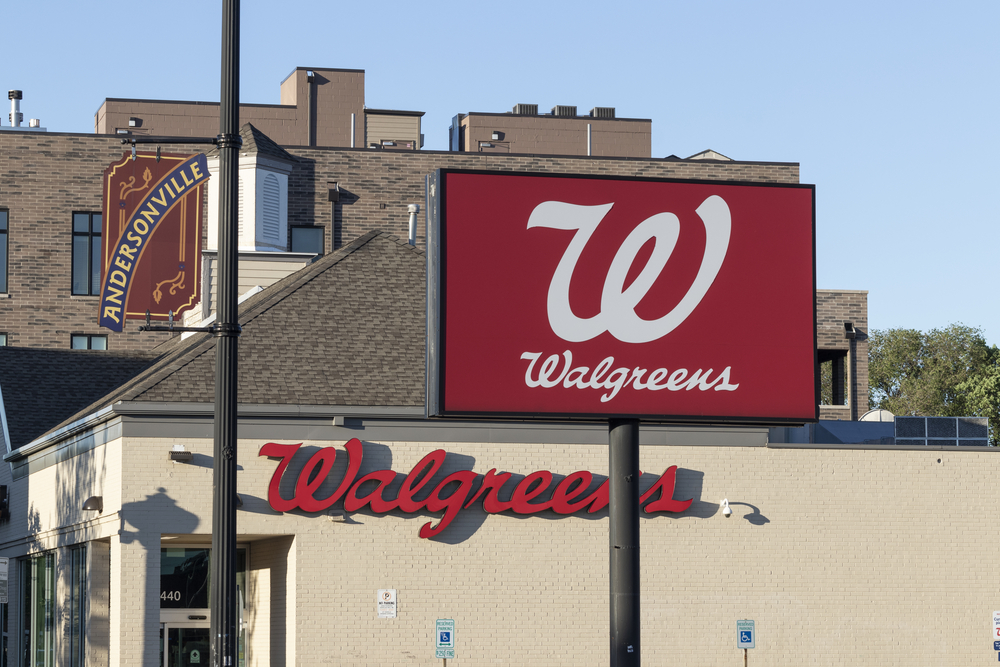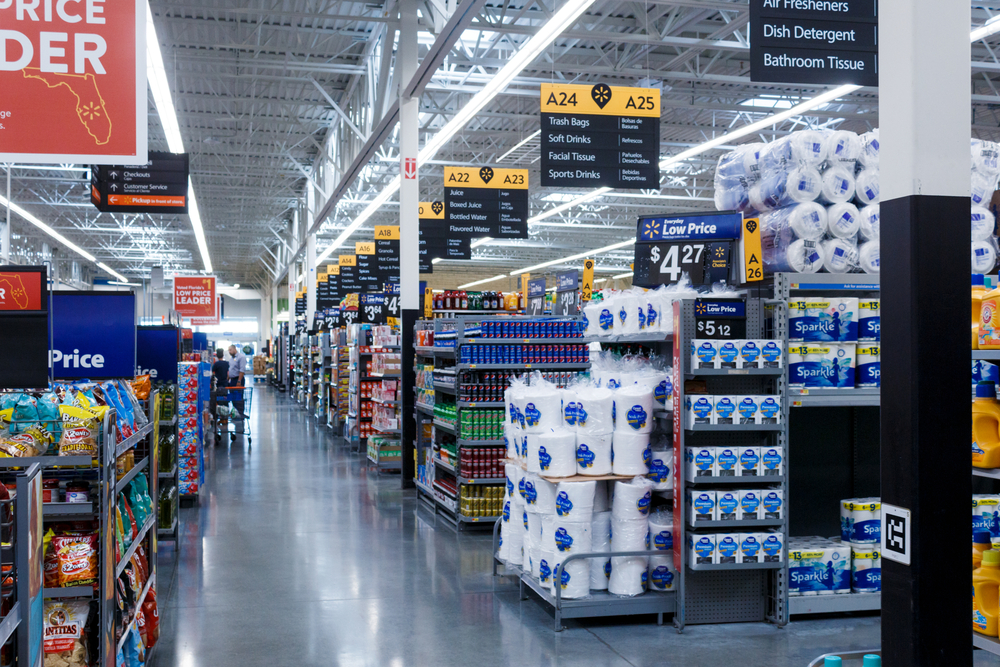A well-crafted sign has the potential to attract potential customers, entice them to make a purchase, and contribute significantly to the overall success of a business. Understanding the nuances of various types of retail signage, including their unique benefits and drawbacks, is pivotal for retailers aiming to leverage visual communication to their advantage and create a lasting impression on their target audience. So let’s get right into a comparison of the different types of retail signage. You will be able to choose the best signage after reading.
Key Takeaways
- Understanding diverse retail signage is essential for effective visual communication.
- Each type of signage, from storefronts to electronic displays, contributes to the shopping experience and brand visibility.
- Evaluating pros and cons helps in making informed decisions for creating an inviting store environment.
- Strategic use of signage significantly impacts customer engagement and sales.
What is Retail Signage?
Retail signage comprises the array of visual elements strategically employed within a retail environment to convey messages, promote products, and assist customers in navigating the store. From the eye-catching storefront signs and outdoor banners to the persuasive promotional displays and the informative directional indicators, each form of signage serves a distinct purpose, contributing to the overall shopping experience and shaping the brand’s identity in the minds of consumers.
The Types of Retail Signage
Let’s take a look at the various types of retail signage available:
1. Storefront Signage
Storefront signage serves as the initial point of contact between a store and potential customers. Usually encompassing the store name, logo, and perhaps a brief introduction to the business, it plays a critical role in setting the tone for the brand and making an immediate impression on passersby. With an effective storefront sign, a business can establish its presence and recognition in a bustling retail landscape, compelling curious onlookers to venture inside.
Depending on where you are located, storefront signage may encompass cabinet signs and channel letters.
Pros
- Establishes brand visibility and recognition.
- Creates a strong first impression.
- Helps customers identify the store from a distance.
Cons
- Limited space for detailed information.
- Design complexities may increase costs.
2. Outdoor Signage
Designed to capture the attention of pedestrians and motorists outside the store, outdoor signage encompasses a variety of mediums, including banners, billboards, and flags. If you are located in a multi-tenant plaza, your outdoor signage may also be the pylon sign where your store is advertised. When placed strategically in high-traffic areas, outdoor signs have the potential to draw the attention of a broader audience and effectively communicate special offers or promotions.
Pros
- Draws attention from a larger audience.
- Can convey special offers or promotions effectively.
- Increases brand visibility in the local area.
Cons
- Vulnerable to weather conditions and wear.
- Requires regular maintenance and replacement.
3. Promotional Signage
Promotional signage serves the specific purpose of highlighting sales, discounts, or the launch of new products. By creating a sense of urgency and prompting immediate customer action, well-executed promotional signage can stimulate impulse purchases, entice customers to explore new offerings, and significantly boost foot traffic and sales during promotional periods.
Pros
- Stimulates impulse purchases.
- Encourages customers to explore new products.
- Increases foot traffic and sales during promotional periods.
Cons
- Needs frequent updates and changes.
- Overuse can lead to message fatigue among customers.
4. Electronic Signage
Electronic signage, including LED displays and digital screens, offers a dynamic and interactive way to engage customers. It can showcase multimedia content and real-time updates. One of the wonderful aspects of electronic signage is its versatility. You can have an electric message center attached to a monument sign or put a digital display up in a window. Electronic signage can also be used for promotional signage, especially when using it for messages.
Pros
- Grabs attention with dynamic visuals.
- Allows easy content customization and scheduling.
- Provides a platform for interactive marketing campaigns.
Cons
- Initial investment and maintenance costs can be high.
- Technical issues can disrupt the display’s effectiveness.
5. Directional Signage
Directional signage helps customers navigate through the store, guiding them to specific sections or products. It improves the overall shopping experience and reduces customer frustration.
Pros
- Enhances customer satisfaction and convenience.
- Reduces the likelihood of customers leaving without finding what they need.
- Improves overall store navigation and flow.
Cons
- Overuse can clutter in-store aesthetics.
- Requires frequent updating to accommodate changes in store layout.
6. Window Displays
Window displays are strategically designed to capture the attention of passersby and entice them to explore the store further. They play a pivotal role in creating an inviting and visually appealing storefront. You can use a variety of signs for window displays, including metal plaques, neon, channel letters, and more to make something truly unique.
Pros
- Creates an inviting and enticing storefront.
- Showcases the store’s latest offerings and promotions.
- Encourages impulse purchases and foot traffic.
Cons
- Limited space for display of creativity.
- Regular updates are necessary to maintain customer interest.
Looking for a Retail Sign Company Near You?
There are many kinds of retail signage. By weighing the pros and cons of each kind, you can set up a store that is visually appealing and accessible. When it comes time to start shopping around for the retail signage you need, consider Tupp Signs. We have been in business since 1928. In other words, we know signage. From design to installation, our team handles it all. Give us a call today at 866-324-7446 or fill out the contact form to learn more about our services.





